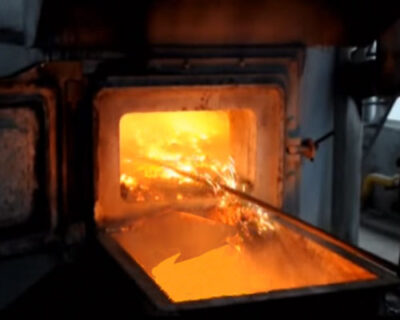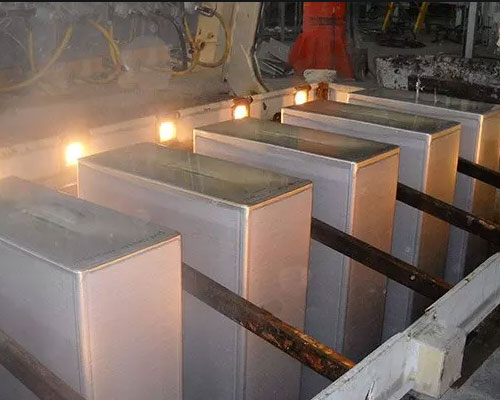In the modern equipment manufacturing industry, “lightweight” has become the consensus of material selection. Especially in the fields of modern aerospace, transportation, light industry and building materials, more attention has been paid. Aluminum alloy has the advantages of low density, excellent thermal conductivity and electrical conductivity, and easy molding, and has been widely used. The molding methods of aluminum alloy materials mainly include casting molding and deformation processing. Among them, casting molding is still a molding method widely used in aluminum alloy production, and the billet for deformation processing is an alloy ingot produced by a casting method.
Aluminum alloy has excellent cavity filling performance, and aluminum alloy parts produced by casting methods have a series of advantages such as stable part size and easy subsequent machining. Especially the aluminum alloy parts produced by modern precision casting molding methods can be used directly without subsequent machining. This saves materials and reduces production procedures, improves production efficiency, and greatly reduces production costs.
In the modern aluminum alloy casting process, the choice of casting method, casting process and aluminum alloy material are the three key factors for the quality of castings. The melting treatment method of aluminum alloy raw materials plays a decisive role in the forming quality and mechanical properties of aluminum alloy. In the process of casting production, the main processes of aluminum alloy smelting treatment are alloy ingot melting, alloy liquid refining treatment, and alloy liquid pouring.

During the casting production, the aluminum alloy melt is solidified in the mold. During the solidification of the aluminum alloy melt, the hydrogen atoms in the aluminum alloy melt spontaneously form hydrogen molecules, and the spontaneously formed hydrogen molecules and non-metallic inclusions The bubbles and inclusions formed for the nucleation base are the main reasons for the defects in aluminum alloy castings. Most of the impurities and gases in the aluminum alloy melt come from the recycled materials, such as the handle, runner, slag bag, scrap parts, etc., so the refining treatment of the aluminum alloy melt is essential. In recent years, people have paid more and more attention to the development of flux refining treatment methods, degassing unit and CFF filtering treatment devices for aluminum alloy melt.

